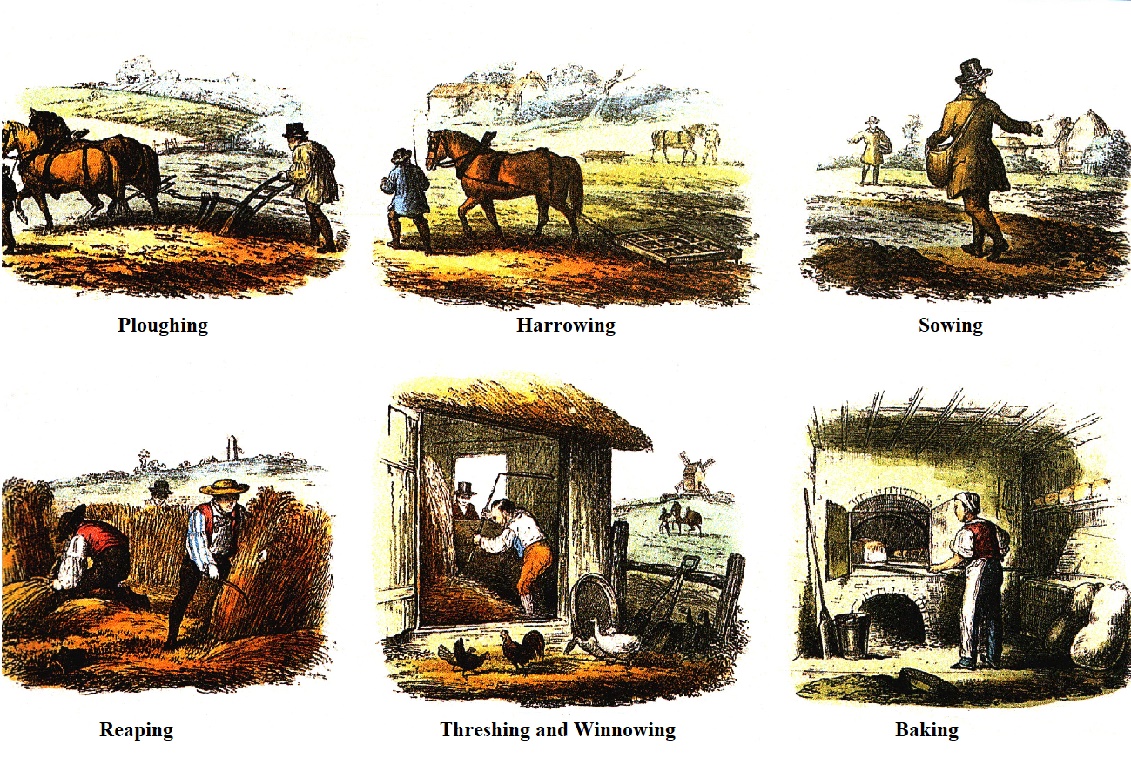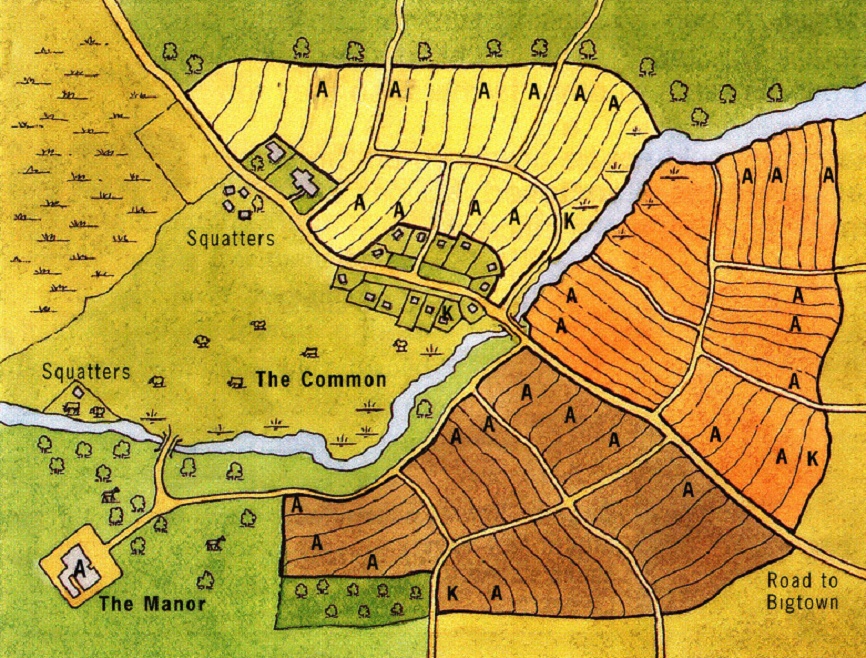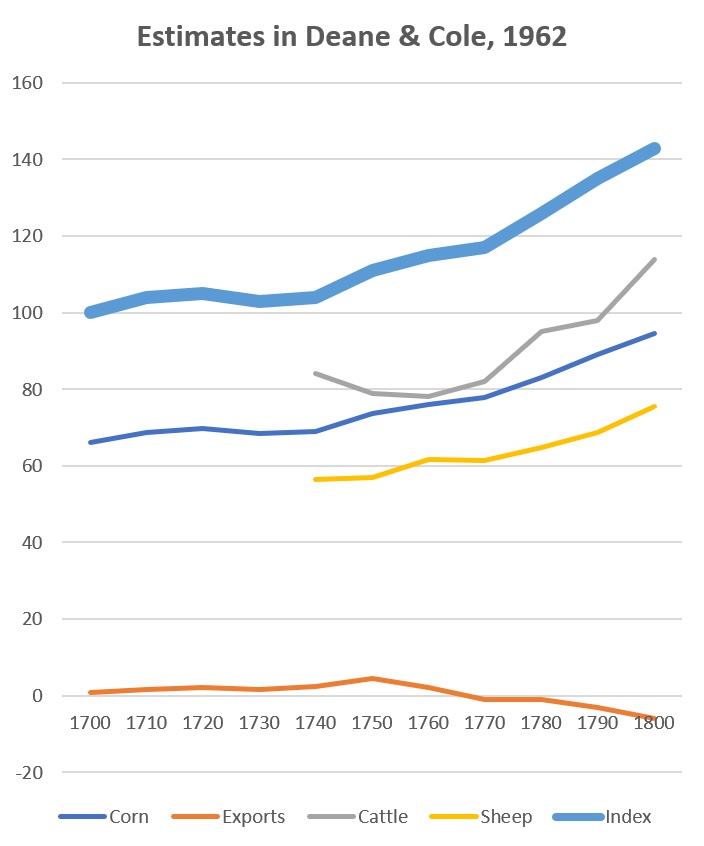
Farming in the 18th Century

Introduction
Open Field Farming
In the eighteenth century many English villages had three huge Open Fields, divided into strips. Each farmer owned a number of strips scattered about the three fields. Every year, in turn, one of the great fields would be left fallow (uncultivated) to let it rest. On the other two fields, crops such as wheat or barley would be grown; the villagers would come to an agreement about which crop they would grow in each field.
Other land – the Common – was set aside for the whole community. Villagers had the right to graze a number of animals on the Common, and to collect firewood from it. Occasionally, some people even built houses there (though they had no right to do so, they were called 'squatters').
After you have studied this webpage, answer the question sheet by clicking on the 'Time to Work' icon at the top of the page.
Links:
The following websites will help you research further:
The 3-Field System:
•
Laxton in the 1930s – a film I used to show to my pupils when I started teaching in the 1970s!
1 From field to bakehouse in the 18th Century

The Problems of Open Field Farming
Open Field farming had lots of problems. It provided enough food for the villagers ('subsistence farming'), but it did not create sufficient surplus to feed the inhabitants of the growing towns:
1. Farmers wasted time travelling from one strip to another.
2. It was impossible to use modern machinery on the small, awkwardly-shaped strips.
3. Weeds from bad farmers' land spread easily to other strips.
4. Little fodder (animal food) was produced, so many animals had to be killed before the winter.
5. Because everyone grew the same thing, farmers were unable to experiment with new crops.
6. Land was wasted – e.g. paths between strips; the fallow field.
7. All the farmers' animals grazed together on the Common, so disease spread easily.
8. On the Common, good animals bred with poor-quality animals.
2 Plan of an imaginary Open Field village
... showing the strips owned by a poor farmer (K) and the Lord of the Manor (A).

3 Agricultural Output in the 18th Century
The thick blue line shows the index of total output.
-
Corn (wheat, oats, barley) and exports of corn are measured in
½ tonnes.
- Cattle sold at Smithfield in
the decade are measured in '000s, sheep in 10,000s.
Some modern historians think Deane & Cole's estimates are too high, others that they are too low.

Interrogating the source:
• Do the figures support the claim
that agriculture before 1750 was uncommercial and unable to support a
growing population?
• Look especially at the figures for
corn exports; what do they suggest about agricultural production in the 18th
Century?
• Looking at total output, the
figures show that it grew 28% 1750-1800. Do the figures support the
idea that there was an 'agricultural revolution' in production after 1750?